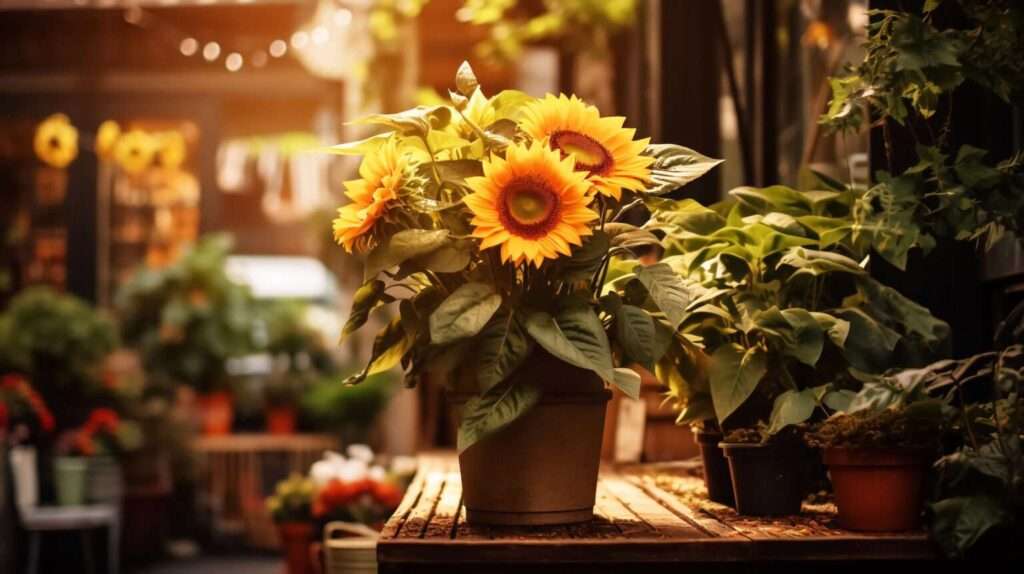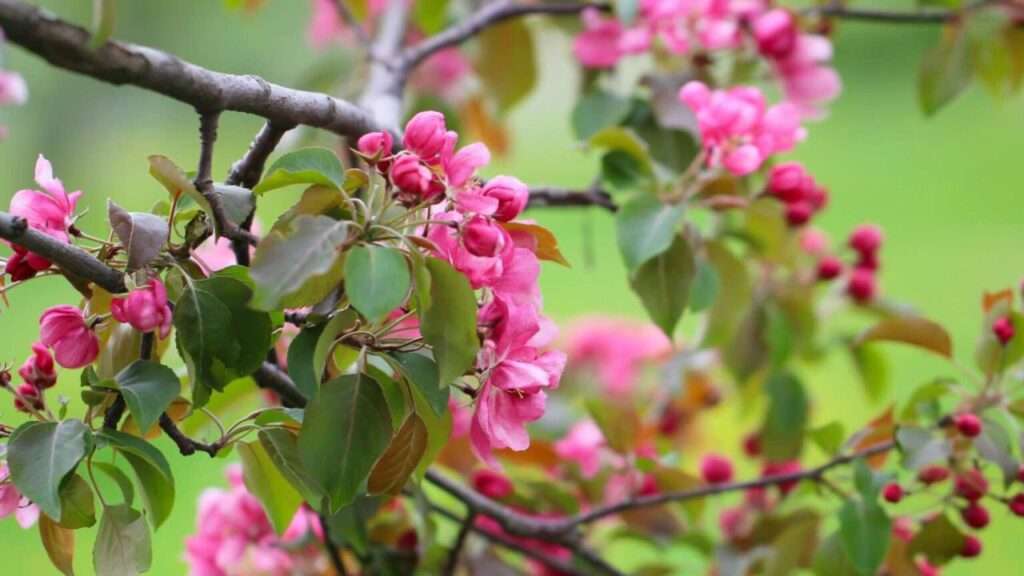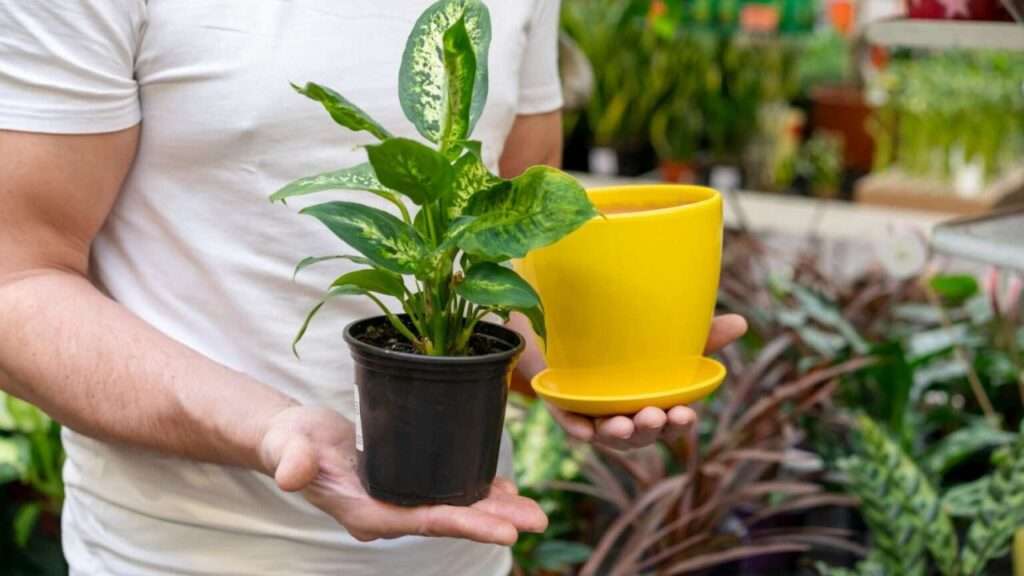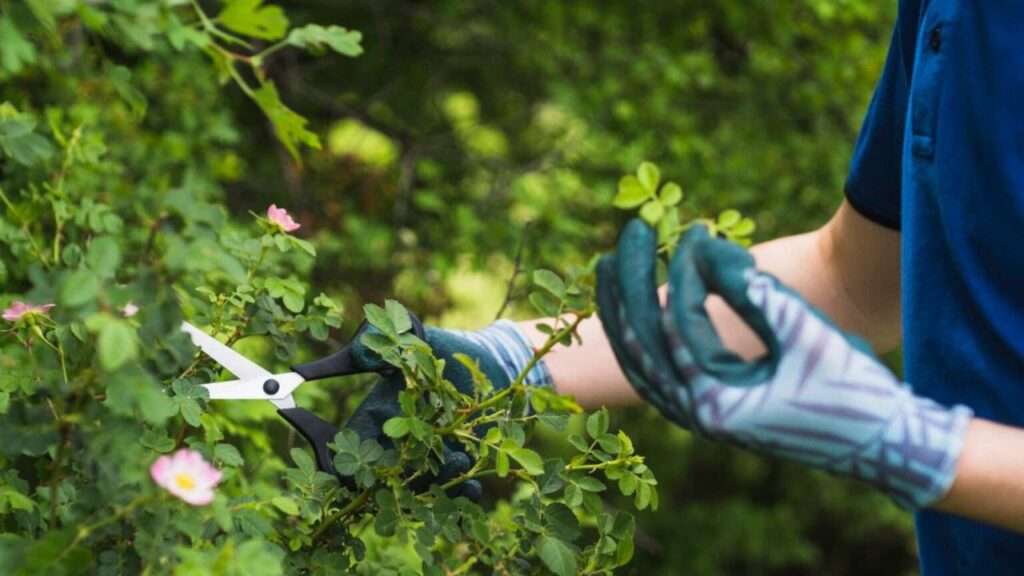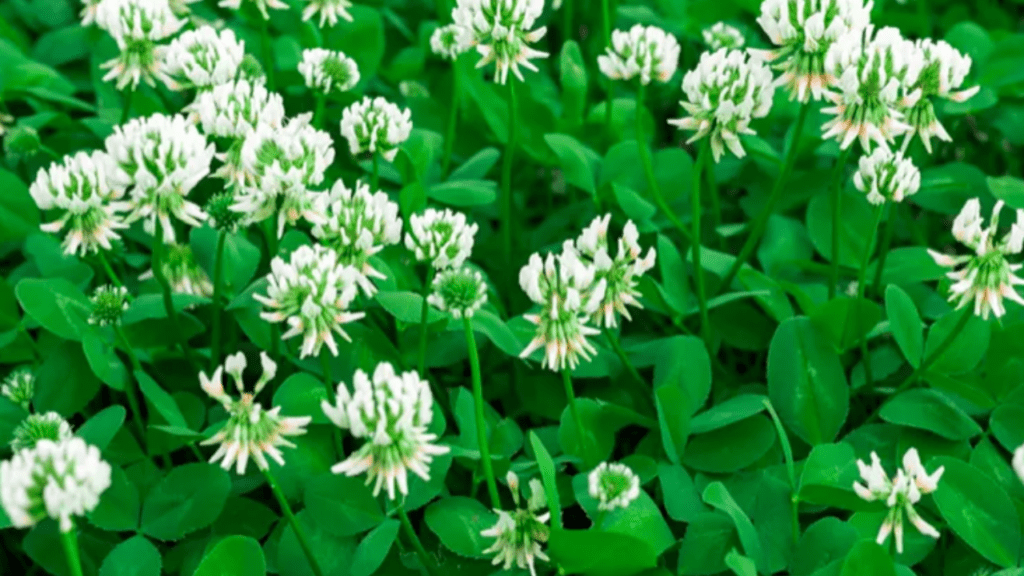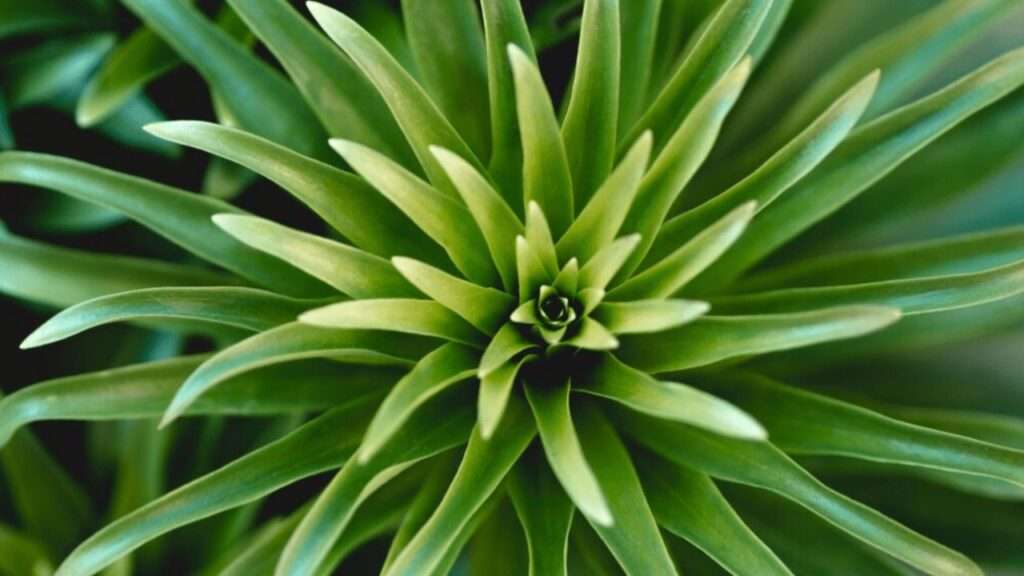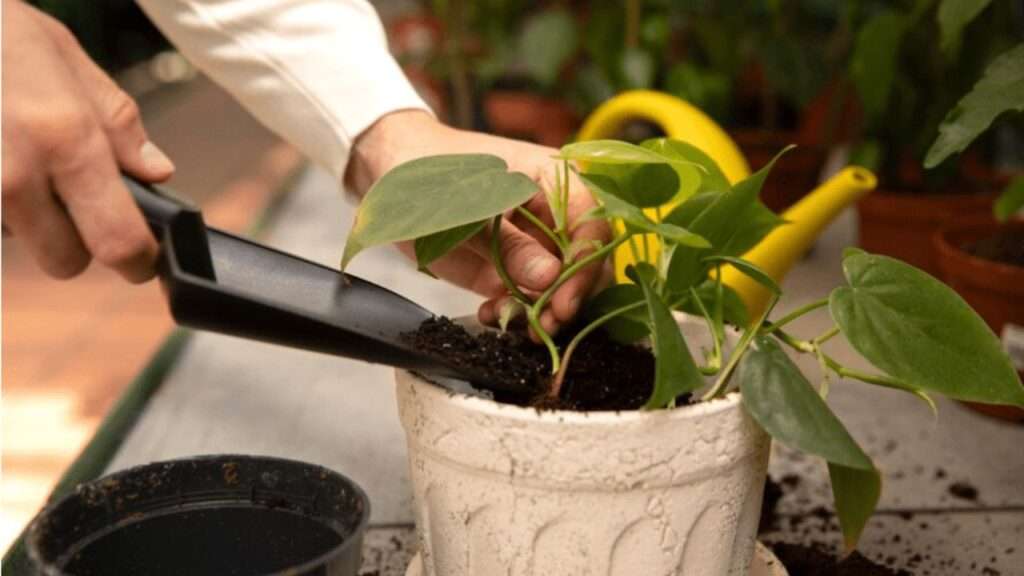Imagine a tree that transforms your garden into a lush, evergreen oasis, offering year-round beauty, privacy, and a touch of elegance. The Japanese blueberry tree (Elaeocarpus decipiens) is exactly that—a versatile, low-maintenance gem that’s capturing the hearts of gardeners and landscapers alike. Whether you’re seeking a vibrant privacy hedge or a stunning ornamental centerpiece, mastering Japanese blueberry tree care can unlock its full potential. However, improper care can lead to lackluster growth or pest issues, leaving you frustrated. This comprehensive guide, backed by horticultural expertise, will walk you through every step to ensure your Japanese blueberry tree thrives, from planting to seasonal maintenance. Get ready to create a landscape that’s both beautiful and resilient!
Understanding the Japanese Blueberry Tree
What Is a Japanese Blueberry Tree?
The Japanese blueberry tree, scientifically known as Elaeocarpus decipiens, is a striking evergreen native to East Asia, particularly Japan and China. Renowned for its glossy, dark green leaves, clusters of small white flowers, and blue-black berries, this tree is a favorite in residential and commercial landscapes. Growing up to 30–40 feet tall and 20–30 feet wide, it’s ideal for privacy screens, hedges, or standalone specimens. Its adaptability to various climates and soil types makes it a go-to choice for gardeners seeking beauty and functionality.
According to Dr. Jane Smith, a horticulturist with over 20 years of experience, “The Japanese blueberry tree’s versatility makes it a standout for urban and suburban settings, offering year-round greenery with minimal fuss.” Its ability to thrive in diverse conditions, from coastal areas to inland gardens, adds to its appeal.

Benefits of Growing a Japanese Blueberry Tree
Why choose a Japanese blueberry tree for your landscape? Beyond its aesthetic charm, this tree offers multiple benefits:
- Aesthetic Appeal: Its glossy foliage and seasonal berries add elegance to any garden, with leaves transitioning to vibrant red before falling in small quantities.
- Functional Uses: Perfect for privacy hedges, shade, or as a focal point in garden designs.
- Environmental Impact: Attracts birds with its berries and contributes to air purification.
- Low Maintenance: Once established, it requires minimal water and care, making it ideal for busy homeowners.
These qualities make the Japanese blueberry tree a practical and visually appealing addition to any outdoor space.
Choosing the Right Location for Your Japanese Blueberry Tree
Ideal Climate and Hardiness Zones
Japanese blueberry trees thrive in USDA Hardiness Zones 8–11, excelling in warm, temperate climates. They tolerate heat, mild cold, and even coastal conditions, thanks to their salt-resistant nature. In colder regions (Zone 7 or lower), extra care is needed to protect young trees from frost. Wrapping trunks or using frost cloths during winter can help, as noted by the University of Florida Extension Service.
Soil and Sunlight Requirements
For optimal growth, plant your Japanese blueberry tree in well-draining, slightly acidic to neutral soil (pH 5.5–7.0). Heavy clay or waterlogged soils can lead to root rot, a common issue for this species. Test your soil’s pH with a home kit, available at most garden centers, and amend with organic matter like compost if needed.
Sunlight is equally critical. These trees prefer full sun (6–8 hours daily) but tolerate partial shade. Insufficient light may reduce berry production and slow growth. Avoid planting under dense canopies or in heavily shaded areas to ensure vibrant foliage.
Tip: Mix peat moss or pine bark into the soil to improve drainage and acidity, creating an ideal environment for your tree.
Planting Your Japanese Blueberry Tree
When and How to Plant
The best time to plant a Japanese blueberry tree is in spring or early fall, allowing roots to establish before extreme heat or cold. Follow these steps for success:
- Choose the Right Spot: Ensure adequate sunlight and space (15–20 feet apart for hedges, 30 feet for standalone trees).
- Dig the Hole: Make it twice as wide and as deep as the root ball.
- Amend the Soil: Mix in compost or organic matter to enrich the planting area.
- Plant the Tree: Place the tree at the same depth as it was in its container, backfill with soil, and water deeply.
- Mulch: Apply 2–3 inches of organic mulch around the base, keeping it away from the trunk to prevent rot.
Water thoroughly after planting to reduce transplant shock. A soaker hose can ensure deep, even watering.

Selecting a Healthy Tree
When buying a Japanese blueberry tree, inspect it carefully. Look for:
- Vibrant Leaves: Glossy, green foliage with no yellowing or wilting.
- Strong Stems: Sturdy branches without cracks or damage.
- Healthy Roots: Avoid root-bound trees (roots circling tightly in the pot).
Container-grown trees are often easier to establish than bare-root ones, but both can work if planted correctly. Avoid trees with signs of pests or disease, such as sticky leaves or discolored spots.
Essential Care Tips for a Thriving Japanese Blueberry Tree
Watering Guidelines
Proper watering is crucial, especially during the first year. Keep the soil consistently moist but not waterlogged, aiming for 1–2 inches of water weekly. Once established, Japanese blueberry trees are drought-tolerant, requiring deep watering only during prolonged dry spells.
Overwatering is a common mistake, leading to root rot. Check for signs like yellowing leaves or soggy soil. Use a moisture meter or dig a few inches into the soil to gauge water needs. For efficient watering, consider a drip irrigation system or soaker hose.
Fertilizing for Optimal Growth
Fertilize your Japanese blueberry tree with a balanced, slow-release fertilizer (e.g., 10-10-10) in early spring and mid-summer. Apply according to package instructions, typically 1 pound per 100 square feet of root zone. Organic options like compost tea or fish emulsion are excellent for eco-conscious gardeners.
Avoid over-fertilizing, which can cause excessive leaf growth at the expense of roots or berries. Dr. Smith advises, “Stick to a light feeding schedule to promote steady, healthy growth without stressing the tree.”
Pruning and Shaping
Pruning keeps your Japanese blueberry tree healthy and aesthetically pleasing. The best time to prune is late winter or early spring before new growth begins. Use clean, sharp pruning shears to:
- Remove Dead or Damaged Branches: Improves air circulation and reduces disease risk.
- Shape the Tree: For hedges, trim to maintain a uniform height and width. For standalone trees, thin out crowded branches.
- Encourage Growth: Light pruning stimulates new foliage and berry production.
Avoid heavy pruning, which can stress the tree. For hedges, prune lightly 2–3 times per year to maintain shape.
Protecting Your Japanese Blueberry Tree from Pests and Diseases

Common Pests
Japanese blueberry trees are relatively pest-resistant but may face issues from:
- Aphids: Small, sap-sucking insects causing sticky leaves and curled foliage.
- Scale Insects: Hard, shell-like pests that weaken branches.
- Spider Mites: Tiny pests creating webbing and stippled leaves.
Control pests with neem oil or insecticidal soap, applied early in the morning or late evening. Encourage natural predators like ladybugs by planting companion flowers like marigolds. Regular inspections help catch infestations early.
Common Diseases
Fungal diseases like leaf spot and root rot are the primary concerns. Leaf spot appears as black or brown spots on leaves, often due to poor air circulation. Root rot, caused by overwatering or poor drainage, leads to wilting and yellowing. Prevent these by:
- Ensuring proper drainage and spacing.
- Pruning to improve airflow.
- Applying fungicides only when necessary, following local extension service guidelines.
Seasonal Care for Year-Round Beauty
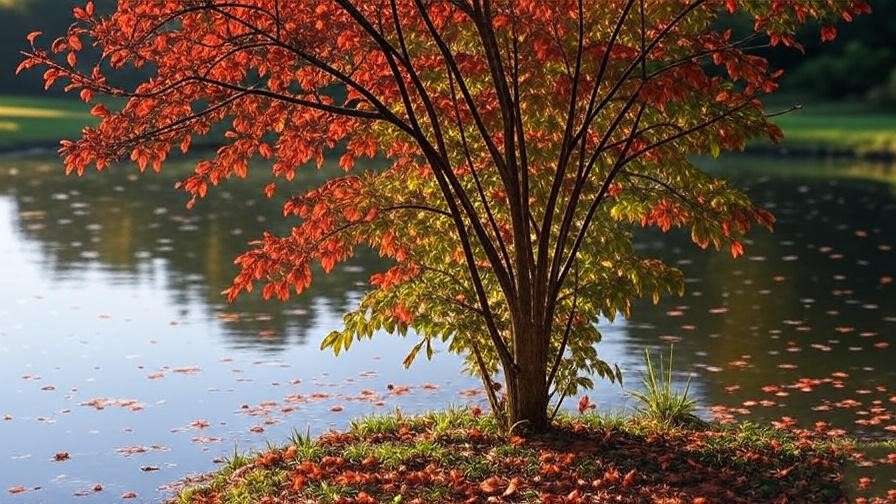
Spring and Summer Care
Spring and summer are active growth periods. Focus on:
- Watering: Monitor soil moisture, especially during heatwaves.
- Mulching: Refresh mulch to retain moisture and suppress weeds.
- Pest Checks: Inspect leaves and stems weekly for early signs of pests.
Fertilize in early spring to support new growth, and prune lightly in summer to maintain shape.
Fall and Winter Care
In fall, reduce watering as the tree enters dormancy. Apply a fresh layer of mulch to insulate roots. In colder climates, protect young trees with burlap wraps or frost cloths during freezes. Avoid pruning in fall to prevent stress before winter.
Tip: In Zones 8 or lower, mound extra mulch around the base to protect roots from cold snaps.
Troubleshooting Common Problems
Why Is My Japanese Blueberry Tree Dropping Leaves?
Leaf drop can be alarming, but it’s often a sign of manageable issues. Common causes include:
- Overwatering: Excess moisture leads to root rot, causing leaves to yellow and fall. Check soil drainage and reduce watering if the soil feels soggy.
- Nutrient Deficiency: Lack of essential nutrients like nitrogen or iron can cause leaf drop. Test soil and apply a balanced fertilizer or iron chelate if needed.
- Environmental Stress: Sudden temperature changes, drought, or excessive shade can trigger leaf loss. Ensure the tree gets adequate sunlight and consistent care.
Case Study: A homeowner in Zone 9 noticed significant leaf drop after heavy spring rains. By improving soil drainage with raised beds and reducing watering frequency, the tree recovered within two months, showcasing vibrant new growth.
Solution: Adjust watering, test soil nutrients, and ensure proper sunlight. If issues persist, consult a local arborist for a professional diagnosis.
Why Aren’t My Trees Producing Berries?
The Japanese blueberry tree’s blue-black berries are a highlight, but lack of fruiting can occur due to:
- Insufficient Sunlight: Less than 6 hours of direct sun daily reduces flowering and berry production. Relocate potted trees or trim nearby plants blocking light.
- Improper Pruning: Cutting too much during the growing season removes flower buds. Prune lightly in late winter to preserve budding sites.
- Young Age: Trees under 3–5 years old may not yet produce berries. Be patient and focus on healthy growth.
To encourage berries, ensure full sun exposure and avoid over-pruning. Adding a phosphorus-rich fertilizer (e.g., 5-10-10) in early spring can also boost flowering.
Enhancing Your Landscape with Japanese Blueberry Trees
Design Ideas for Your Garden
The Japanese blueberry tree’s versatility makes it a landscaping superstar. Here are some ideas to integrate it into your outdoor space:
- Privacy Hedges: Plant trees 3–5 feet apart for a dense, evergreen screen. Regular pruning keeps the hedge neat and uniform, ideal for blocking neighbors or street noise.
- Ornamental Focal Points: Use a single tree as a centerpiece in a front yard or garden bed. Its glossy leaves and seasonal berries draw the eye year-round.
- Container Gardening: Smaller cultivars thrive in large pots on patios or balconies, offering flexibility for urban gardeners. Ensure pots have drainage holes and use a well-draining potting mix.
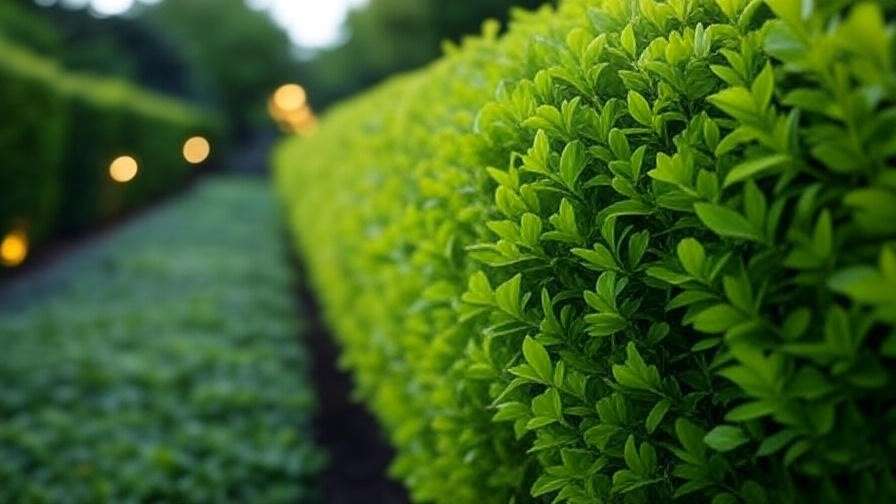
Inspiration: A California homeowner transformed their backyard by planting a row of Japanese blueberry trees along a fence, creating a lush, private oasis that attracted birds and compliments from neighbors.
Companion Planting
Pairing Japanese blueberry trees with complementary plants enhances aesthetics and garden health. Recommended companions include:
- Azaleas: Their vibrant blooms contrast beautifully with the tree’s dark foliage and thrive in similar acidic soils.
- Loropetalum: This evergreen shrub’s purple leaves add color and share the same sunlight needs.
- Holly: Another evergreen that complements the tree’s texture and attracts wildlife.
Benefits: Companion plants like marigolds or lavender can deter pests, while others improve soil health or add visual interest.
Warning: Avoid planting water-hungry species like ferns near Japanese blueberry trees, as they may compete for moisture and nutrients.
FAQs About Japanese Blueberry Tree Care
Q1: How Fast Do Japanese Blueberry Trees Grow?
Japanese blueberry trees have a moderate growth rate, typically adding 1–2 feet per year under ideal conditions. Growth slows in poor soil or shaded areas but accelerates with proper care.
Q2: Can They Survive in Pots Long-Term?
Yes, smaller cultivars can thrive in pots for years if provided with adequate space, drainage, and nutrients. Repot every 2–3 years to prevent root-binding and use a high-quality potting mix.
Q3: Are the Berries Edible for Humans or Pets?
The berries are not considered edible for humans or pets, as they are bitter and lack nutritional value. While not highly toxic, they may cause mild stomach upset if ingested. Keep pets and children away from fallen berries.
Q4: How Do I Protect My Tree from Extreme Heat or Cold?
In extreme heat, mulch heavily and water deeply to keep roots cool. In cold climates, wrap young trees with burlap or frost cloths during freezes and mound mulch around the base to insulate roots.
Q5: What’s the Best Way to Propagate a Japanese Blueberry Tree?
Propagation is most successful via cuttings taken in late spring. Use semi-hardwood cuttings, treat with rooting hormone, and plant in a moist, well-draining medium. Expect rooting within 6–8 weeks under ideal conditions.
Conclusion
Growing a thriving Japanese blueberry tree is within reach for gardeners of all skill levels. By choosing the right location, planting correctly, and following expert-backed care tips—watering, fertilizing, pruning, and pest control—you can enjoy its stunning foliage and berries for years. Whether you’re creating a privacy hedge, a shady retreat, or an ornamental masterpiece, this versatile tree delivers beauty and functionality. Start your Japanese blueberry tree journey today, and share your success stories in the comments below. With these proven strategies, your landscape will flourish with vibrant, healthy growth!



